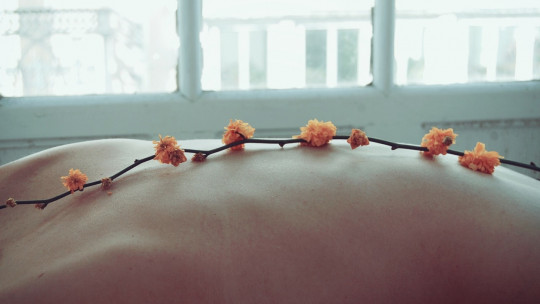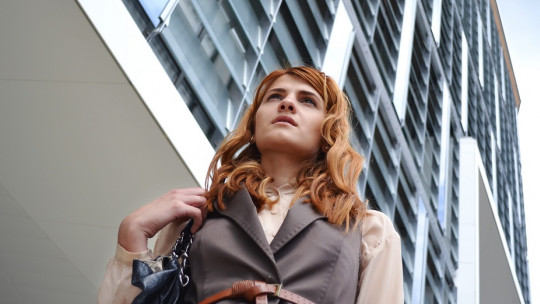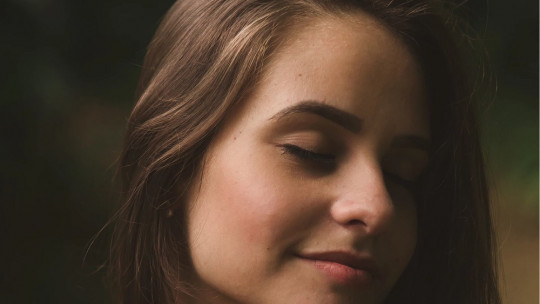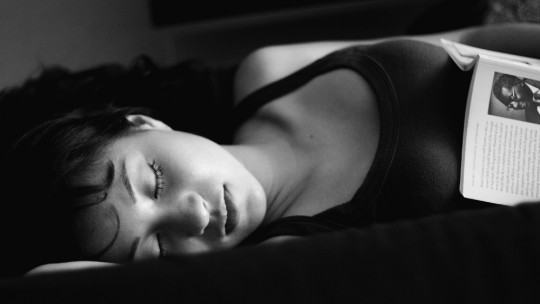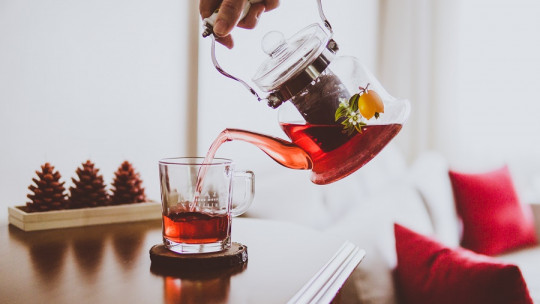There is no doubt that the human body has a great capacity to adapt to situations in which it is appropriate to take action. In this sense, stress is not a problem that we must always avoid, but rather a mechanism of adaptation to the demands of the environment.
The hormones that are secreted by the endocrine system and the way our brain interprets the moments in which we have to move quickly mean that we can face stressful situations with good performance.
However, our daily lives sometimes make us burden ourselves with excessive responsibilities and inoculate us with too high doses of anxiety. That is why it is useful to know some relaxation techniques for stress Let’s see which are the most useful ones that you can apply to your daily life.
When should we use relaxation techniques?
The first thing we must keep in mind when considering introducing relaxation techniques into our lives is that, unlike the use of psychotropic drugs, relaxation exercises have no side effects Its power and effectiveness in combating anxiety are based on the self-regulationthat is, the possibility of carrying out actions through which we modify the way in which the chemical substances generated by our body naturally are secreted.
Therefore, Relaxation techniques are an intelligent way to take advantage of the mechanics that govern the human body , instead of “cheating” by introducing substances in the form of injections or pills. Thus, the only cost of using relaxation exercises is some time and minimal effort.
Fighting much more than stress
In fact, these techniques to combat stress can be used even when we do not notice being stressed, since they can be introduced into our daily routine simply to prevent the appearance of anxiety problems and, why not, to feel better and more rested.
But relaxation techniques do not have to be used when we experience stress. We must be clear that stress is something natural and can be present at such low levels that, in fact, it is useful to us. There is a reason there is something called eustress, or positive stress.
When it would be advisable to use the resource of relaxation exercises is when we notice that stress levels are high enough and are maintained long enough to have a negative impact on our quality of life.
Some examples of when to use them :
The benefits of relaxation exercises
The advantages of using relaxation techniques depend, in part, on the type of exercises we use. However, in general terms, The benefits that we will obtain by putting relaxation techniques in our lives are the following :
Relaxation techniques for everyday life (and step by step)
These are relaxation techniques that you can use every day, making them part of your routine Being simple and easy to follow, you can learn them on your own after several weeks of practice, although you should know that there is also the possibility of learning other more complex training proposals for which you would need an instructor who is physically at your side. when you are going to do them.
The best times to do these relaxation techniques are right after you wake up or before going to sleep. Remember that It is advisable to do them in quiet and secluded places and you should wear comfortable clothing while following these steps.
1. Breathing with the diaphragm
Many times, the simple act of modifying the way we breathe will trigger a series of processes in our body that will cause anxiety to decrease significantly. This, added to the fact that relaxation techniques related to breathing are very easy to perform, makes diaphragmatic breathing an ideal exercise to start with
The objective of this technique is to make you learn to pay attention to your breathing and train yourself to breathe optimally, making the abdomen have more prominence than the chest.
The steps to follow to perform this technique are as follows:
2. Meditation
There are many ways to do meditation, but Here you can see a variant that is especially easy to make
For this relaxation technique you will need to sit (not lie down) in a comfortable chair and begin to follow the steps described in the diaphragm breathing exercise. While directing your attention to your breathing, you should mentally recite a phrase such as “I relax”, “I calm down” or something else that evokes the action of leaving anxiety behind. You can recite this phrase at the end of each exhalation.
Also remember that meditation can offer you many other benefits.
3. Guided imagination
This relaxation technique borrows the method followed in diaphragmatic breathing but, in this case, Your attention will be directed towards an imagined scenario that transmits peace and calm Therefore, when you want to approach it, it is better that you have previously practiced diaphragmatic breathing, which is an easier exercise, although this relaxation technique is also simple.
The steps to follow are those:
4. Quick relaxation exercise
This relaxation technique is extremely simple and is designed to be used several times a day It basically consists of every time you see an object of your choice, such as a vase of flowers in your living room or a decorative figurine, take three or four deep breaths in a row while you notice how all your muscles relax.
Although this exercise is very short, it is advisable that during the process you focus your attention on your breathing and not get distracted. You can also imagine a relaxing image (such as a lonely beach or a tree in a garden) while you do this.
5. Jacobson’s progressive muscle relaxation
This relaxation technique was developed by the American doctor Edmund Jacobson in the first half of the 20th century, and is still widely used today.
It consists of relaxing the muscle groups of the body progressively , as if it were the route of a small imaginary train. It is a very useful exercise to reduce anxiety related to physical processes such as sports or following strict schedules. However, doing so will take you longer than the rest, so you should make sure that you have time when no one will bother you.
To perform this relaxation technique, follow these steps :
- Lie down or sit in a comfortable place , making legs and arms parallel. If you decide to sit, have your palms rest on your thighs. You can use recordings with relaxing sounds. Close your eyes.
- Take a few seconds to breathe deeply with the diaphragm.
- Focus on the sensations that your right foot produces Visualize it through your imagination and, when you notice that all your attention is focused on it, forcefully contract the muscles of that part of the body, making your foot tense for 5 seconds.
- Makes all the muscles of the foot completely relaxed again Focus your attention on the feeling of calm that that part of your body produces for about 20 seconds.
- Repeat this process with your other foot the calves and thighs of each of the legs, your abdomen, the pectorals, the arms, the hands, the back, the neck, the jaw, the face and the scalp.
- Breathe deeply for 20 seconds and open your eyes.
6. Mindfulness
Mindfulness is becoming very popular due to the ease with which it can be adapted to various situations and, although practicing it offers many advantages, it can also be an excellent relaxation technique.
In this article on Mindfulness exercises you can learn about several easy-to-follow exercise proposals.
7. Body scan
The body scan involves finding a quiet place without noise, sitting or lying down and, as the name of this relaxation technique indicates, close your eyes and imagine that our consciousness is a kind of scanner that reviews our body , from top to bottom or from bottom to top. That is, you must focus your attention on the parts of the body that are in a line perpendicular to your spine, making it always move in the same direction, and becoming fully aware of the sensations that come to you from those areas that They remain at the same height.

